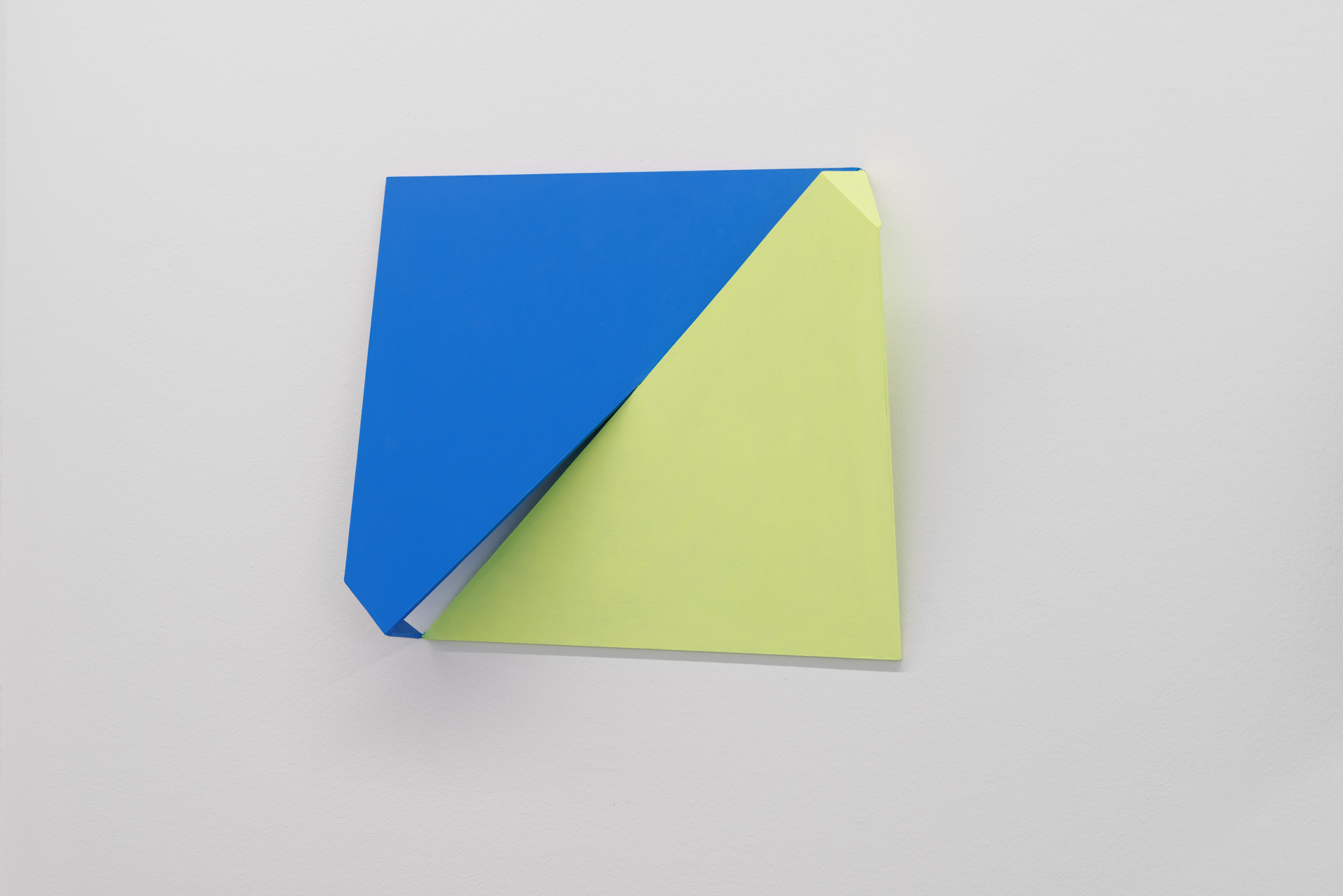Franz KüstersForm + Farbe
Franz Küsters
Form + Farbe











































| Among contemporary artists of the older generation from Germany, Franz Küsters (*1938) is one of those whose works have rarely been recognized in his adopted home of Berlin. "FORM + FARBE", Küsters' first solo exhibition at "B-Part Exhibition", now presents a carefully selected selection from the current oeuvre of a sculptor and painter who, despite his constantly growing oeuvre radiating dynamism and joie de vivre, is currently still considered a largely unknown quantity in the field of concrete art. Küsters attended the Werkkunstschule Krefeld from 1959 and then the Kunstakademie Düsseldorf, where he initially studied in the class of Joseph Beuys and later - far more visibly in Küsters' work - with Erwin Heerich. From 1976 to 2002, he was head of the plaster workshop at the Düsseldorf Art Academy; in the 2000s, he moved to Berlin, where he works in his Köpenick studio in a way that is as continuously intense as it is consistently restrained. With "FORM + FARBE", the focus is now on relief-like individual objects and groups of works on the wall as well as sculptural works by the artist presented on plinths. Always oscillating between painting and object art, these current works have also emerged from Küsters' constant research into form, color, surface or light and shadow. They are characterized by the combination of abstract geometric reduction and visual-sensual diversity in the sense of concrete thinking. The colors - often complementary - are full of contrasting freshness, the forms an exploration of possibilities - such as the series of handy sculptures that Küsters defines as a "confrontation between cube and tetrahedron". Or, by way of example, the small-format square wall piece - part of a series - whose blue-painted surface is divided into four squares of equal size, which appear to be tilted into each other and are thus at an angle to each other. A second look at the work must ultimately leave open the question of whether it is actually a surface divided into four contiguous segments or four small squares that have no common surface. The yellow color, which frames both the partial elements and the whole in the depth dimension, does not provide any information here either, but rather continues to ask: sculpture(s) or picture(s)? If, in addition to such questions, the positioning and alignment of the works in the exhibition space depends on the incidence of light (especially in the case of those wall works that are characterized by precise cuts and edges, calculated surfaces and serially understood colour schemes), this is by no means a playful effect in Küsters' work. Rather, this context corresponds to the artist's conceptual approach, a way of thinking in which seeing takes on the constructive part of perception. The fact that the viewer has to move around the static works, perceiving them from different angles in order to grasp all their nuances of form and color and to gauge how they change through seeing, only reinforces this artistic approach.The B-Part Exhibition space accompanies the future development of the Urbane Mitte Am Gleisdreieck with artistic autonomy and thus at the same time enters into a dialogue with the overarching themes of the overall project - forms of New Work, Co-working, Culture and Sport - and creates synergies between artistic, cultural and social approaches. The artistic director of the B-Part Exhibition is Rüdiger Lange (loop - raum für aktuelle kunst). | ||
